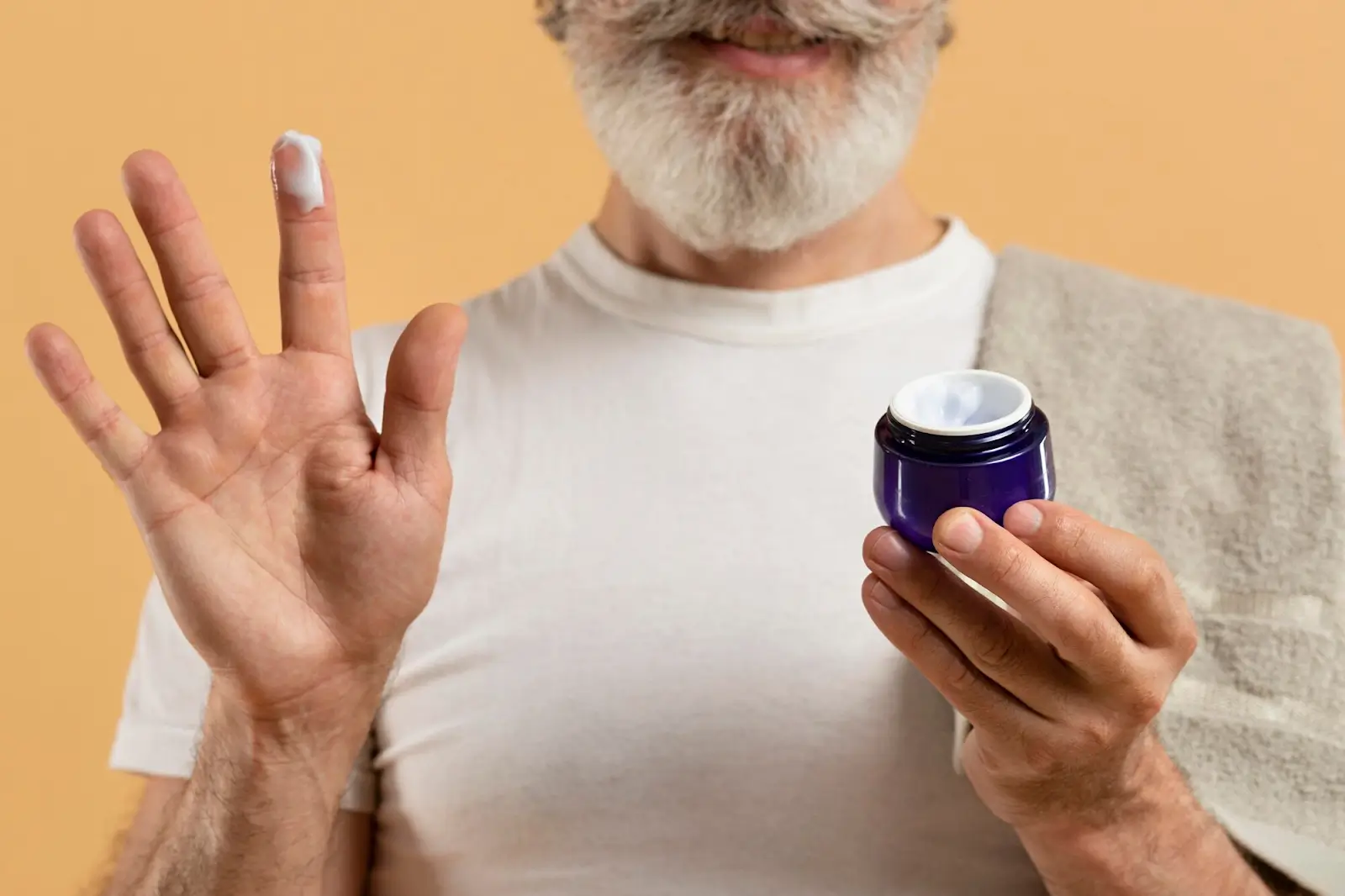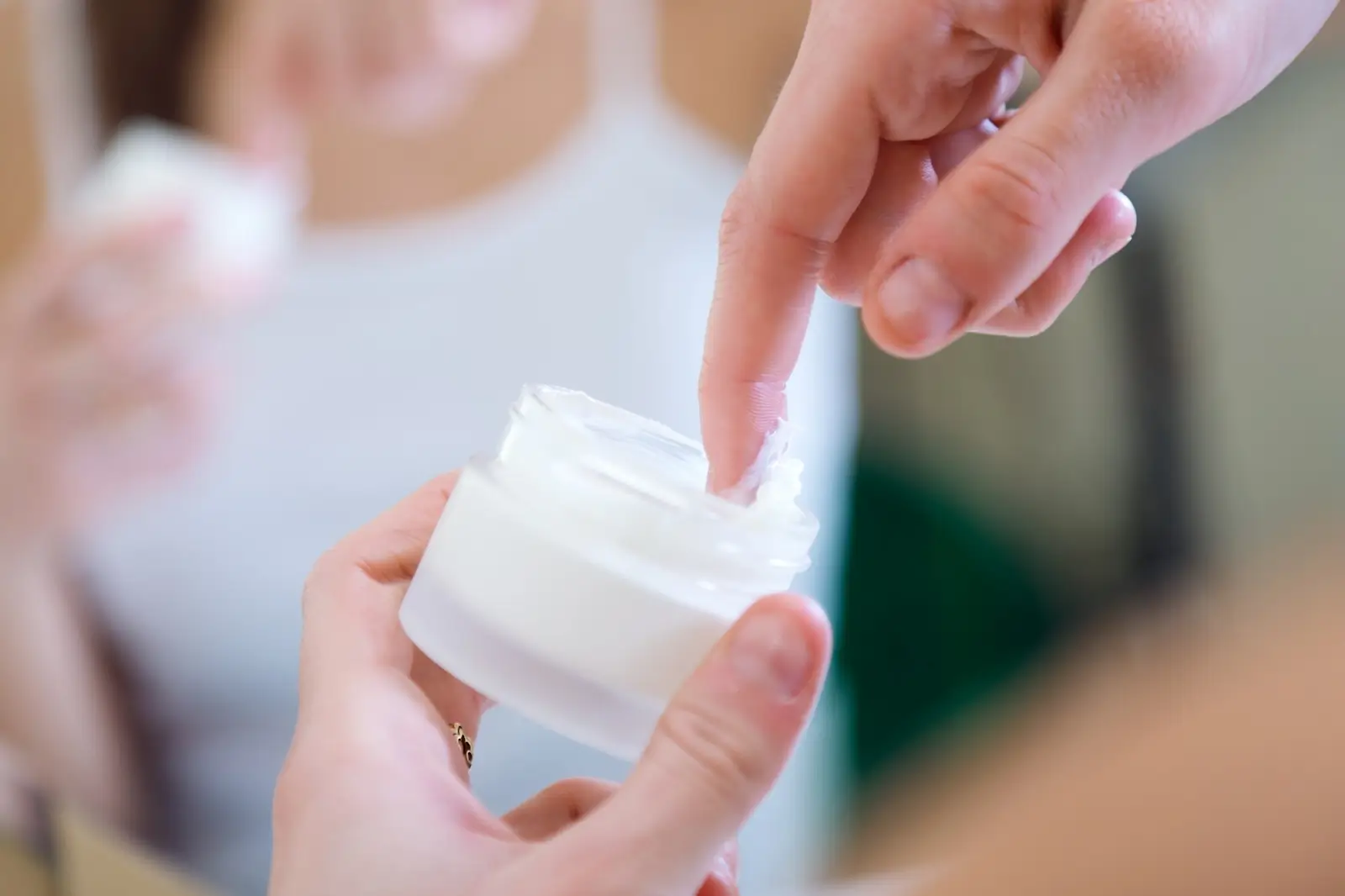
Tattoos have surged in popularity over the years, with nearly 30% of U.S. adults reporting at least one, according to a 2019 survey. However, the pain associated with getting a tattoo remains a significant concern for many individuals. As the demand for tattoos grows, so does the need for effective pain management options.
Topical anesthetics like EMLA cream, which combines lidocaine and prilocaine, are commonly sought to alleviate discomfort during tattoo sessions. But does EMLA cream live up to its potential for numbing the skin effectively during the lengthy process of getting a tattoo?
This article explores the effectiveness of EMLA cream for tattoos, discussing its benefits, potential drawbacks, and whether it is a viable solution for reducing tattoo pain.
Key Takeaways
- EMLA cream is an effective topical anesthetic for tattoos, combining 2.5% lidocaine and 2.5% prilocaine to numb the skin temporarily, reducing pain during the tattooing process.
- The efficacy of EMLA depends on the needle depth, with the cream being more effective for superficial numbing but less so for deeper layers of the skin.
- Application time is crucial: it should be applied 60 to 90 minutes before the tattoo session for optimal results.
- Skin reactions like redness, itching, or irritation can occur, but these are typically mild and temporary.
- EMLA cream helps reduce anxiety and improve tolerance for tattoos, especially in sensitive areas like the ribs or sternum.
- Proper post-tattoo care is essential, and EMLA cream should not be reapplied after the tattoo due to the risk of systemic absorption from broken skin.
- While EMLA cream is a useful tool for pain management, it has limitations, such as a short duration of numbing and potentially reduced effectiveness once the skin is punctured.
- Tattoo artists should ensure the skin is thoroughly cleaned after EMLA cream removal to maintain proper ink absorption and avoid complications.
About: Doctor Medica is your trusted supplier of top-quality dermal fillers, viscosupplements, and more for your medical practice. We offer genuine products from leading brands at the lowest prices. Contact the Doctor Medica today to order EMLA Cream online for your practice.
Efficacy and Safety in Tattoo Procedures

EMLA cream is a eutectic mixture of 2.5% lidocaine and 2.5% prilocaine, designed to numb the skin temporarily. When applied before a tattoo session, it significantly reduces the sensation of needle penetration, making the process more tolerable, especially for individuals with low pain thresholds or for tattoos on large and sensitive areas.
Clinical studies have demonstrated that EMLA is effective in reducing superficial skin pain. However, its efficacy during tattooing can vary depending on the depth of the needle. Since tattoo needles penetrate beyond the epidermis, deeper numbing may be required, which may not always be fully achieved by EMLA cream alone.
Despite this limitation, EMLA cream remains a widely preferred option for superficial numbing. It is generally safe for most users when applied correctly, and it should not be used on broken or damaged skin.
Advantages and Limitations of Topical Anesthesia
Using topical anesthesia like EMLA cream for tattoos comes with several advantages:
- Pain reduction during long or intense sessions
- Improved tolerance for tattoos in sensitive areas such as the ribs, sternum, or inner arms
- Lower anxiety for both the tattoo artist and client
However, there are limitations to consider:
- Variable Effectiveness: EMLA works best on intact skin and may offer less relief once the skin is punctured during tattooing.
- Short Duration: The anesthetic effect of EMLA typically lasts for a few hours. Understanding how long EMLA cream lasts is crucial for planning the application time to ensure optimal pain relief.
- Possible Skin Reactions: In sensitive individuals, redness, itching, or mild irritation may occur.
These benefits and limitations highlight the importance of setting realistic expectations and using the product according to guidelines for the best outcome.
Effects on Skin Integrity and Ink Absorption

A common concern among tattoo artists is whether EMLA cream alters the skin’s texture or affects ink absorption. When applied and removed properly, EMLA does not negatively impact the quality of the tattoo.
However, leaving the cream on for too long or failing to remove it thoroughly before tattooing can cause the skin to become slightly swollen or rubbery. This may make it harder for the needle to deposit ink evenly, potentially affecting the final result.
Tattoo artists should inspect the treated area after EMLA cream removal to ensure the skin returns to a normal texture before starting the tattoo. Clients should follow pre-tattoo instructions carefully to minimize such issues.
Patient Selection and Application Techniques
Not all clients are ideal candidates for using EMLA cream before a tattoo, so proper patient selection is essential. Ideal candidates typically include:
- First-time clients who are nervous about pain
- Individuals getting tattoos on sensitive areas
- Those with chronic pain conditions or generally low pain tolerance
These individuals tend to benefit the most from the numbing effects of topical anesthesia.
Application Guidelines
- Apply a thick layer of EMLA cream (approximately 2g per 10cm²) to clean, intact skin.
- Cover with an occlusive dressing (like plastic wrap) to enhance absorption.
- Leave on for 60 to 90 minutes before the session begins.
- Remove and clean thoroughly before the tattooing starts.
Tattoo artists can collaborate with clients to ensure the cream is applied at the appropriate time to coincide with the beginning of the procedure.
Post-Tattoo Care and Pain Management
While EMLA is not used after the tattoo is complete, pain management is still essential during the healing phase. The skin may remain tender for several days, and proper aftercare is vital to prevent complications and reduce discomfort. Understanding how long EMLA cream lasts is important when planning pain relief before the procedure to ensure comfort without compromising skin health during recovery.
Recommended Post-Tattoo Care
- Clean the area with mild, fragrance-free soap and lukewarm water.
- Apply a thin layer of aftercare ointment as advised by the tattoo artist.
- Avoid sun exposure, hot tubs, or tight clothing during healing.
- Do not reapply EMLA cream after tattooing, as broken skin increases the risk of systemic absorption.
Conclusion
Using EMLA cream for tattoos can provide effective pain relief, particularly for those concerned about discomfort during the tattooing process. While it has limitations in terms of depth of anesthesia, it remains a practical option when used appropriately. Tattoo artists and clients should work together to time and apply EMLA correctly to ensure optimal outcomes without compromising skin integrity or ink quality.
Understanding the properties, risks, and benefits of EMLA cream helps clients make informed decisions, allowing for a more comfortable and successful tattoo experience.
FAQs
1. What are the optimal tattoo placement sites for EMLA cream efficacy?
EMLA is most effective on areas with thinner skin or higher concentrations of nerve endings, such as the ribs, wrists, inner arms, and ankles. Its efficacy may be reduced on thicker-skinned areas like the back or shoulders.
2. What is the recommended application timing for EMLA cream before tattoo sessions?
Apply EMLA cream 60 to 90 minutes prior to the tattoo appointment, ensuring coverage with an occlusive dressing to enhance absorption. Remove the dressing just before the procedure begins.
3. Does EMLA cream impact tattoo ink absorption or color quality?
When used correctly and thoroughly cleaned off before tattooing, EMLA does not affect ink absorption or color quality. However, prolonged application or incomplete removal may alter skin texture, potentially complicating the tattoo process.
4. Is reapplication of EMLA cream advisable during tattoo sessions?
Reapplication is not recommended once the skin is broken, as it increases the risk of systemic absorption and potential side effects. Consultation with a medical professional is advised before considering reapplication.
5. How should EMLA be used for large tattoos or multiple sessions?
For larger tattoos, a 30g tube of EMLA is recommended, while a 5g tube is suitable for smaller tattoos. Ensure adequate coverage and plan application timing accordingly.
References
Mohta A. Numbing creams for tattoos: Dermatologist’s recommendations. Dr. Alpana, MD. Published November 16, 2024. https://www.dralpana.com/post/numbing-creams-for-tattoos-dermatologist-recommendations
Jackson C. More Americans Have Tattoos Today than Seven Years Ago. Ipsos. https://www.ipsos.com/en-us/news-polls/more-americans-have-tattoos-today. Published August 29, 2019.
Related Articles
Joanna Carr
Harmonyca vs Sculptra – Which is the Best for You?
Harmonyca combines hyaluronic acid (HA) and calcium hydroxyapatite (CaHA) for instant volume and long-term skin improvements, making it ideal for quic...
Joanna Carr
Innotox Injection Sites Listed
Discover the recommended injection sites for Innotox, from forehead wrinkles to masseter reduction. Learn best practices for placement and technique.
Joanna Carr
The Science Behind Profhilo Before and After Transformations
Explore the transformative journey of Profhilo through the lens of scientific efficacy. Know how it revitalizes and rejuvenates the skin. Cick here!


